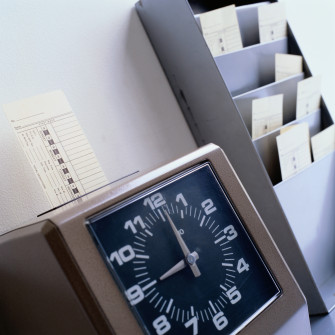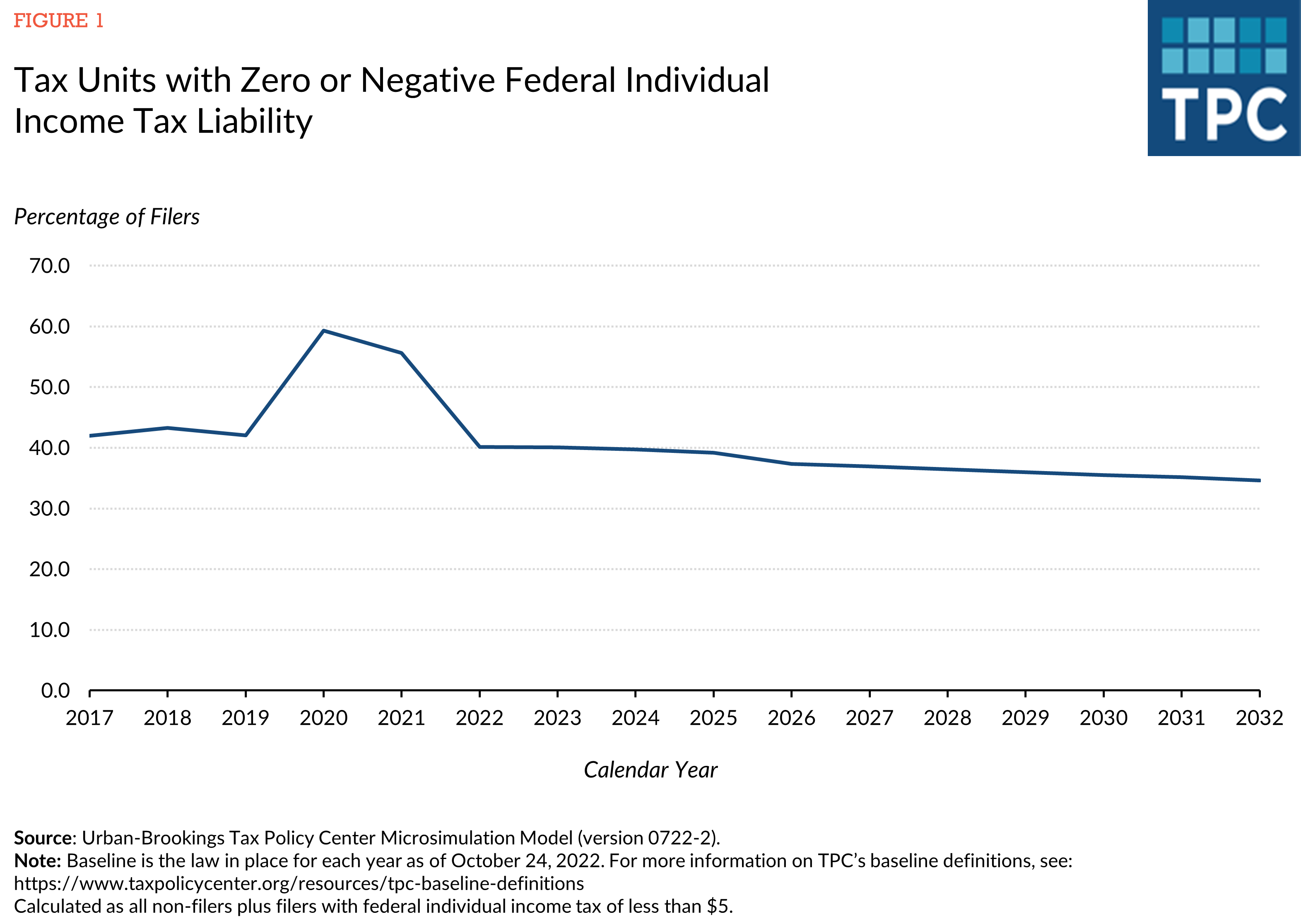Striking a Balance between Quality and Value in a Patent Portfolio
“The difference between quality versus value in preparing and prosecuting patent applications is subtle and should be carefully considered by all patentees at the onset and throughout the patent application process.”
Without unlimited funds, a constant issue for developing and maintaining a patent portfolio is how to balance between obtaining the highest quality patents and obtaining patents at a lower cost to grow a portfolio. When biasing towards a reduced cost, some aspects of a well-written patent application may also be sacrificed. Some of these items may be more critical to a patent that is likely to be enforced, whereas other items may be more valuable to building a robust patent family based on that disclosure. In any event, there is always an opportunity to pursue a patent with a strategic focus.
The below non-exhaustive list includes some common items that may be included in a more comprehensive patent application preparation and prosecution process that aims for higher quality and other items that may be sacrificed in a more cost-sensitive patent application process. Of course, the approach here does not recommend removing or foregoing any items from the patent application process, but these items are available for consideration when there are budgetary constraints.
Focus on “Quality”
Disclosure Phase
- Conduct a novelty search to identify and focus on “white space” and draft around identified prior art.
- Conduct in-person or video-conference invention disclosure sessions with inventors to discuss the technical problem and technical solution beyond what may be written in written disclosure documents, such as an invention disclosure form or a white paper, with known prior art in mind.
Patent Application Preparation
- Include and enhance a description of multiple embodiments besides the illustrative approach.
- Brainstorm about and predict how a competitor may utilize the invention and prepare embodiments and claims that read upon the competitor’s product or imagined future product.
- Include variations and additional embodiments from the patent attorney to expand scope of protection and present subject matter for future claims, thereby supporting many continuation patent applications for strategic purposes.
- Include additional details in the drawings, such as showing particular data flow and sub-components in system architecture diagrams.
- Draft claims on different aspects of a device and a process.
- Draft claims from different points-of-view (e.g., server side, consumer side) in an attempt to capture different infringing entities.
- Identify initial continuation or divisional strategy before filing the initial application and include those claims in the specification or claim set to present explicit support.
- Present utility figures in a manner such that a design continuation application may be an option in the future.
- Enhance the “story” in the application by setting up the technical problem or shortcomings story in the Background and extending the technical solution story into the Summary and Detailed Description so that the claims are properly framed within the context of the story, thereby leading to a better understanding of the technical solution presented in the claims.
- If ornamental features of a product may have value, design drawings showing the product from each of the viewpoints needed for a design application may be included in the non-provisional utility application, thereby serving as a priority date of later-filed design patent applications (design application(s) may claim priority to the non-provisional utility application internationally within six months).
Examination
- An Examiner Interview helps focus the patent examination and ensures the Examiner is searching the most relevant art in an effort to grant a patent that adequately considered prior art.
- An Examiner Interview helps with ensuring better examination, but it also has been statistically shown to advance prosecution, thereby potentially saving costs of additional Office Action responses or filings of Requests for Continued Examination.
- At decision-making points throughout examination, such as when filing an Office Action response, evaluate whether the claims as filed or as amended still satisfy the business objective and protect the actual or to be released commercial embodiment.
Focus on “Value”
Disclosure Phase
- While there is no obligation for patentee to conduct a patentability search, rely on the inventors’ understanding of the state of the art.
- Rely primarily on written documentation provided by the inventors rather than exploring alternatives and seeking additional explanation.
Patent Application Preparation
- Draft application based on disclosure materials and invention disclosure call with inventor.
- The patent application typically will include the embodiment(s) as provided to the patent attorney and minimal or no expansion to cover alternative embodiments are performed, so the invention disclosure should include whatever embodiments the inventors or in-house counsel feel are important.
- Similar to the invention disclosure, the drawings as provided will receive minimal or no expansion (additional illustration, description, components, flows), so drawings should be detailed and comprehensive to support the claims and potential continuation applications.
- Given that claims will likely be focused on a single embodiment and from a single point-of-view (e.g., server side), if alternative points-of-view are desired to be protected in the future, that disclosure should be developed by the inventors for inclusion in the application.
- For utility applications, the focus will be on the utilitarian nature of the innovation and unlikely that design features will be incorporated for protection of ornamental appearance of a device.
- The patent attorney may spend minimal time, if any, drafting an appropriate background and integrating a “technical story” throughout the application.
- Value applications are generally meant for one application and possibly a continuation application, and may not be designed for 20 years of enforcement.
- Value applications may be designed for defensive usage given that offensive-minded strategies are not “built into” the patent application.
Assessing the Options
The difference between quality versus value in preparing and prosecuting patent applications is subtle and should be carefully considered by all patentees at the onset and throughout the patent application process. The anticipated value of a new technology for the company in the future should be a significant factor in determining whether to focus on quality or value for a given patent application. Unfortunately, it is not always possible to predict the commercial success of any technology, but business leaders may provide insights into the market, which can help assess whether the business (and patent practitioner) should take a more quality approach or value approach in preparing and prosecuting the patent application.
In summary, the quality approach may have a greater focus on strategy than the value approach. As provided herein, the quality approach allocates more time prior to drafting to identify and assess prior art so that more attention is given to the areas of innovation that are likely to be more novel, while the value approach limits time spent in assessing prior art by relying more heavily on knowledge of the inventors. Quality patent applications may also include more embodiments so that patentees can utilize a strategic continuation patent practice to expand the scope of protection of a technology and more easily target competitors. Value patent preparation and prosecution often has a more limited disclosure and scope contained within a patent application, which does not necessarily limit the ability to obtain a patent but will often result in a more limited continuation opportunities and potentially less ability to pivot position and prepare claims against competitors, especially when competitors engage in design-around efforts. Hence, it is recommended that patentees use a flexible approach to determining whether to use a quality versus value approach on a case-by-case or technology-by-technology basis.
Skilled patent practitioners can tell you that although the quality approach tends to be more expensive at the patent preparation stage, the overall cost of quality and value patents can often be the same or sometimes the overall cost for value patents can even be higher than quality patents. One reason for the overall cost similarity is that the claims of quality patent applications have a more focused starting point, thereby usually receiving fewer Office Actions and Requests for Continued Examination (RCE). Another reason for the similar costs is that value patent applications may not have the same level of disclosure or focus toward the ultimate novel features. As a result, a specification may not include subject matter desired for an amendment during prosecution, which could strain prosecution efforts and add to the cost. If patent applications are filed globally, those costs are magnified. Similarly, for patent applications filed globally, the effect of a “quality” versus “value” approach may be felt in each jurisdiction.
Image Source: Deposit Photos
Image ID:73976725
Author: kikkerdirk
Eric Sophir
Eric Sophir is an intellectual property partner with Foley & Lardner LLP. Eric counsels clients on protecting innovations, gaining market share, the risks and value associated with acquiring, licensing or […see more]
Gary Solomon
Gary Solomon is a partner with Foley & Lardner LLP. He is a member of the firm’s Electronics Practice. Gary focuses his practice on patent preparation, prosecution and the monetization […see more]








